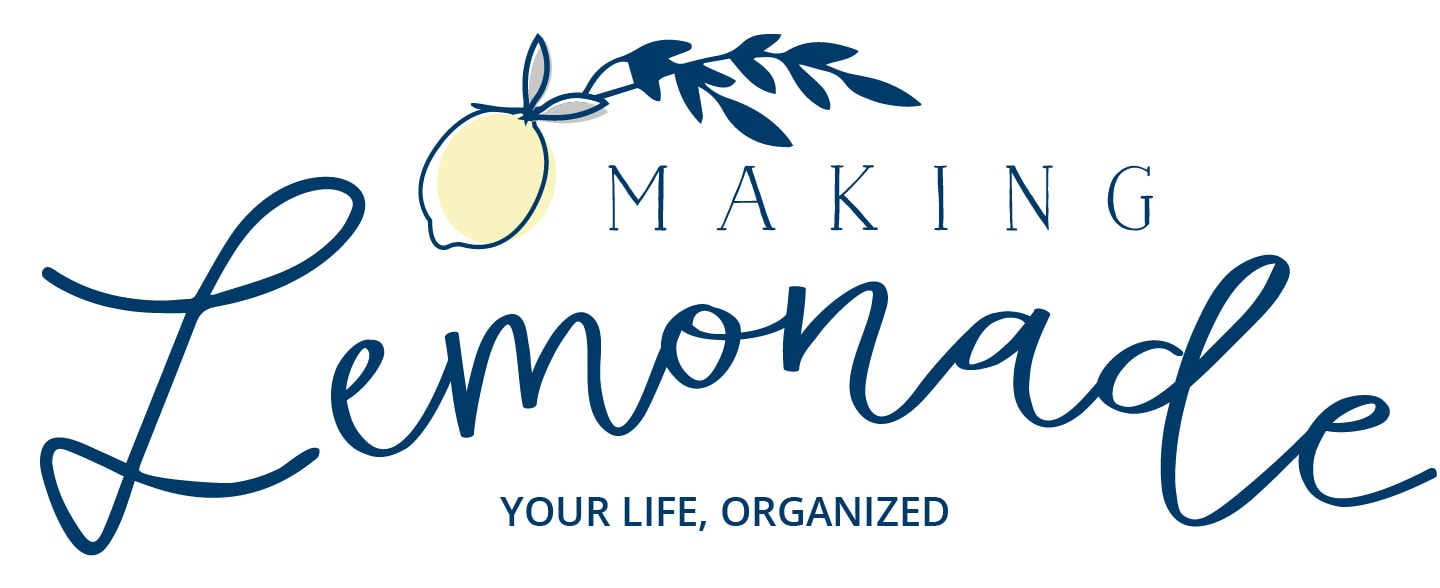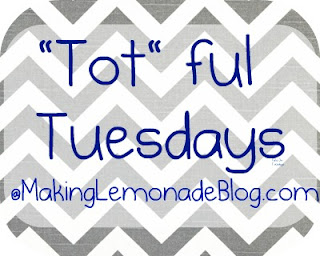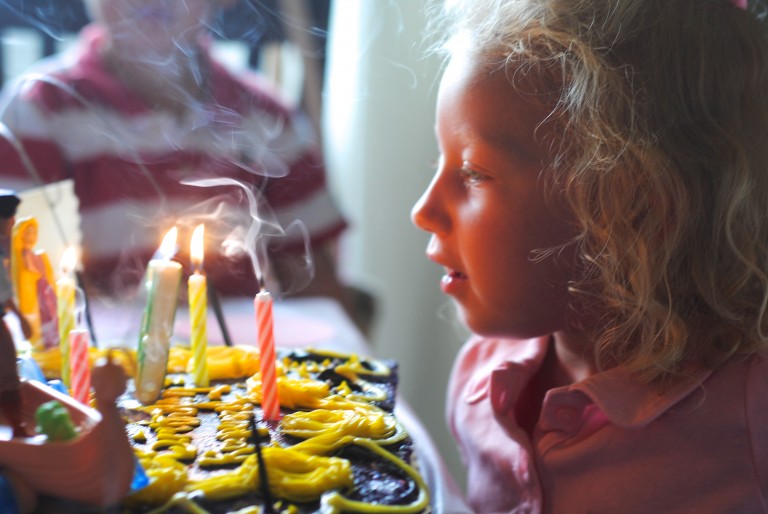Exploring the 5 Senses: Activities for Kids
This post may contain affiliate links for your convenience. Read my full disclosure policy here.
As you may know, I’m part of a fabulous online book club called From Left to Write. Each month we read a book and commit to writing a post inspired by it. This month’s novel was a fictional story– info and giveaway at the end of the post— called The Art of Hearing Heartbeats. This beautiful story made me realize how we rely almost exclusively on sight as a primary means of absorbing information, ignoring so much of the world around us along with the other senses.
What would happen if we closed our eyes and were to use our other senses– hearing, touch, smell, taste? How would our world, and world view, change? The lessons below are inspired by that thought, especially since sight is one of the last ways we learn as an infant. Babies use taste, touch, and sound just as much as their {underdeveloped} sight. Somewhere along the way, we’ve lost that ability. Perhaps it’s adults that need these activities instead!
The following activities on the five senses can be adapted to almost any age, from infancy on up. Consider the ideas suggestions and use them in ways that fit your child and family.
First explore sound by trying to be silent for one minute and just listening. You can use a timer if you’d like. Older children can write what they hear, younger ones can draw. Preschoolers can hold up a finger when they hear a new sound, and if they can contain themselves tell you about it when the minute is done. Isn’t it amazing how much you can hear even in silence?
For the second activity, make some sound shakers! In the ‘good old days’, we’d use empty film canisters for this one. Nowadays, those are hard to find. Empty Puffs containers work well, or a toilet paper roll with both sides taped shut. You could also use empty baby food containers spray painted or wrapped so they aren’t transparent, but that’s a lot of work. I used the empty Puffs container, and simply switched out the objects each time. For each round, add something into the container, shake it around for a bit, and guess what’s inside. Interesting things to add:
Time for a blindfolded taste-test, Top Chef style. Tie a blindfold around the child’s eyes and have them identify various foods through taste alone. If foods are either liquid or chopped up into fine pieces then they’ll really be relying on taste and not also touch. Most kiddos will want to tell you how they feel about it: “yum!” or “gross!”, so encourage them to move past that and describe if it’s sweet, sour, salty, bitter. And if your child says it’s umami, it’s time to send them to culinary school! Foods to try:
This cool “What’s Inside?” box was given to us by a friend, but you can easily make it at home with an empty tissue box or even a plain tote bag. Doesn’t have to be fancy to be fun! Place objects inside and have the child use their sense of touch to figure out what it is. If they need help, prompt with questions such as “what do you feel? is it hard or soft? is it rough or smooth? what shape is it?” Older children could also try drawing what they “see” with their hands before they guess it. Depending on the age, here are some fun things to place inside– you can do it thematically or randomly, depending on the level:
Cottonballs dipped in various liquids make an interesting game. You can store them in an egg carton with each compartment labeled by number. For young kids, have them tell you what they smell. Older children can either match up pre-written index cards with each number or write a list of what they think each smell belongs to. Questions to ask: “what does it remind you of? Does it smell sweet or sour? Where would you find this smell?” Items to use with the cotton balls:
Since the whole point of the book was to look beyond sight, I’m keeping this one simple and calling it a “color study.” Have kids walk around and spy objects of a certain color. Draw a picture, using only one color crayon. Make a book of colors– use stickers or cut out images from magazines of objects, and group together by color. The sky is the limit when it comes to exploring color.
Book tie-in: A favorite children’s book on the subject of senses is Hello Ocean by Pam Munoz Ryan. This lyrical book makes a great springboard for exploring the senses… plus my kids love it as a bedtime story.











